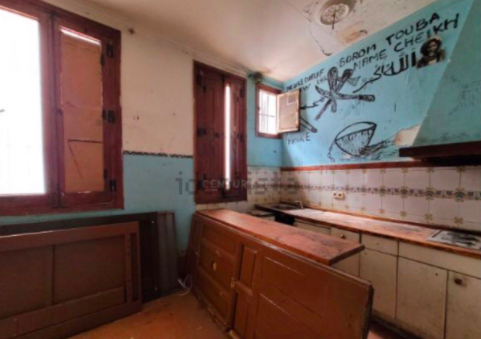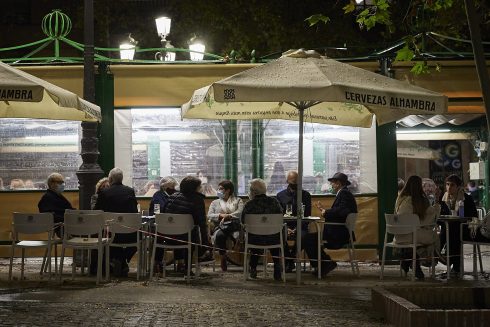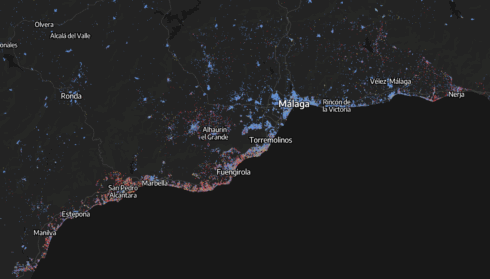FRIDAY 13th September 2019 was quite a remarkable date for the people of Costa Blanca South.
A weather storm and the subsequent flooding caused millions of euros of damage and killed seven people, as well as devastating agriculture and livestock throughout the Vega Baja flatlands.
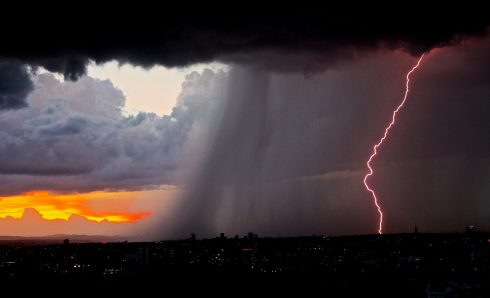
Thankfully, the weather phenomenon is not a regular characteristic of the region, but it certainly has an effect on lives in the area.
Meaning literally, “cold drop”, the gota fria is also known as a DANA (Depresión Aislada en Niveles Altos).
To understand how a gota fria can be so devastating, one must first consider how ‘normal’ winds come about.
In simple terms, winds are formed where there is a difference in air pressure between two areas.
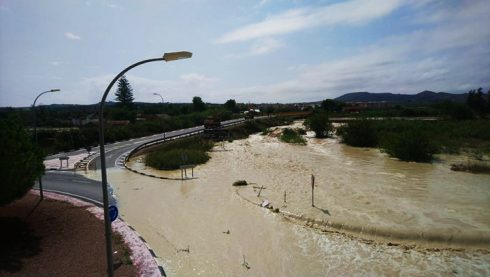
PICTURE CREDIT: Olive Press Spain
Air moves from colder high pressure areas into warmer low pressure areas, much as it does when you open a window on a cold day and air rushes into a warmer room.
The bigger the difference in pressure, the faster the movement of air.
Similarly, a gota fria is formed by a colder high pressure body of air pushing down, instead of across, onto warmer air.
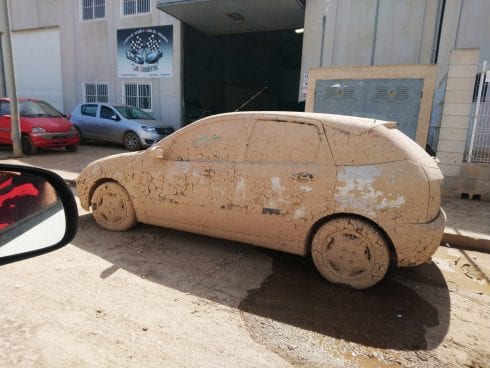
PICTURE CREDIT: Olive Press Spain
If heavy rain clouds are sitting between the two bodies of air, that rain is literally pushed down to earth at high velocity – with devastating effect.
By September, a typical month for gota fria, the Mediterranean Sea has basked in the summer sun for many months and has warmed considerably.
It has warmed so much that the difference in warmth and pressure of coastal air, and the pockets of colder high-pressure air at altitude, becomes problematic.
This weather phenomenon, combined with the low-lying lands of the Vega Baja, means flooding is common.
The ease of flooding can be explained by a map of the region in Roman times which reveals the entire area was actually part of Mediterranean Sea only 2000 years ago.
Two millennia of sedimentary deposits from rivers has resulted in the flat rich agricultural land of the Vega Baja.
How to stay safe
- Never underestimate the power of a gota fria, even after the rains have stopped – water from higher ground is bound to follow at a rapid rate as it finds its way to the shore.
- Families must avoid flood plains, rivers and ramblas (drainage gullies).
- Avoid driving, especially at night, and park your car away from walls, fences and – of course – waterways.
- Inside, keep documents in a safe, dry – and high – place.
- Carry out regular checks on the roof, windows and guttering.
- Ensure that a first aid kit, torch and spare batteries are accessible.
- If flooding in the house does occur, switch off the electricity supply.
Click here to read more Costa Blanca News from The Olive Press.





